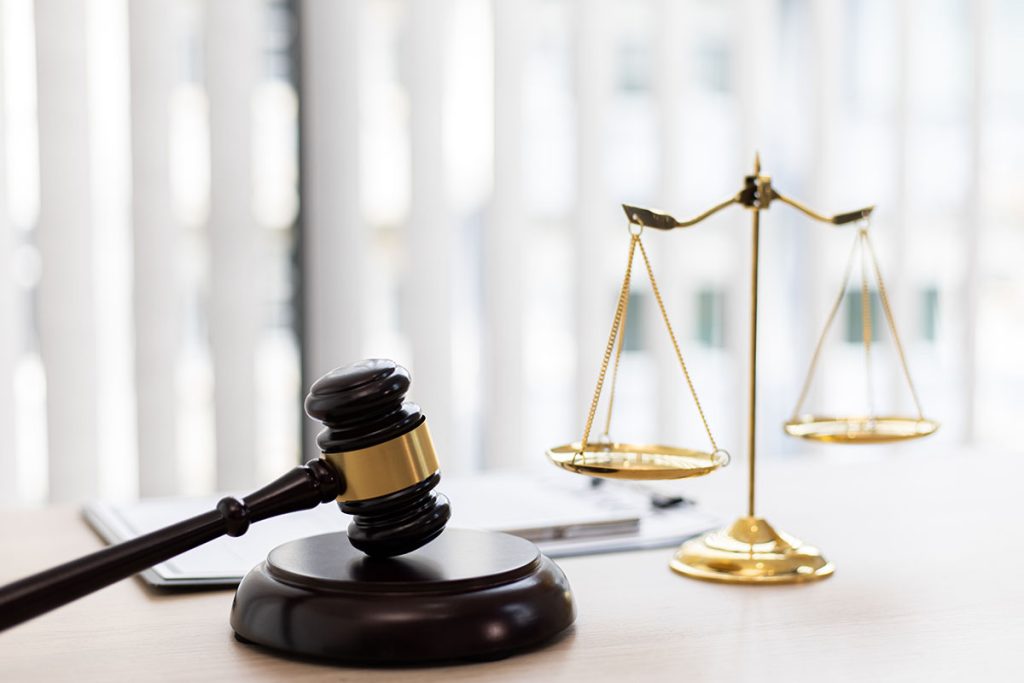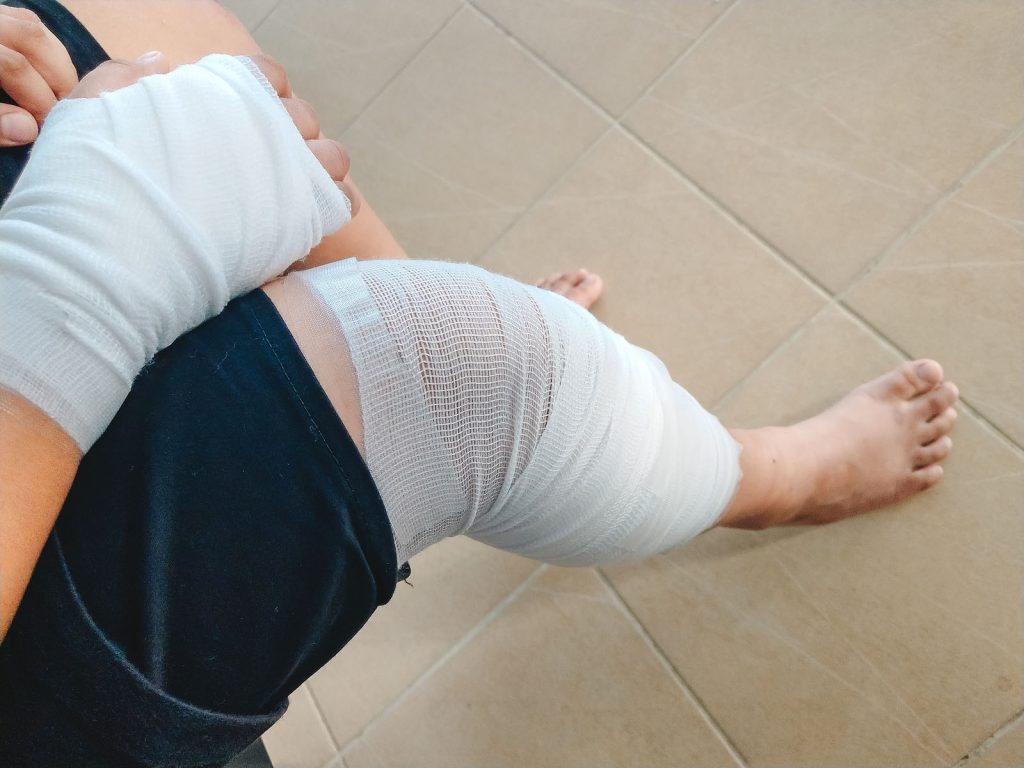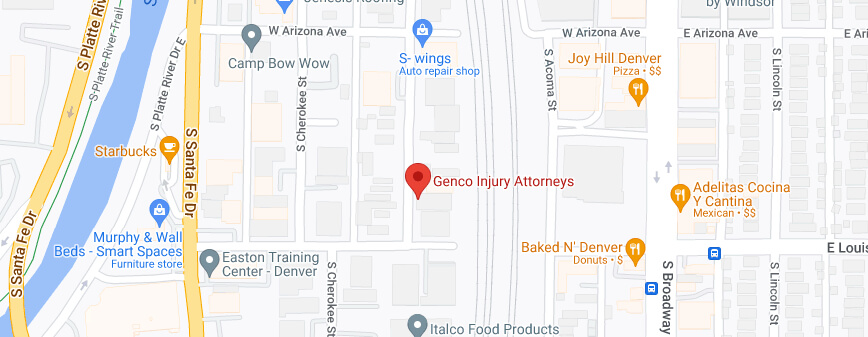After an accident, you may choose to file a claim with the at-fault party’s insurance company. If they agree to compensate you in a manner you find fair, then you will accept the offer, and your case will be finished. But what if they reject your claim or come back with a counteroffer that does not adequately cover your damages? In that case, you will likely begin the process of litigation. Litigation involves using the public court system to settle disputes between two or more parties.
How Are Litigation and a Lawsuit Different?
It may seem that litigation and lawsuit can be used interchangeably, but they are actually two different things. A lawsuit is a legal action taken against another person or entity which is decided in a court of law. In a lawsuit, a plaintiff files a complaint with the court explaining the dispute’s circumstances and the remedy they seek. Litigation is the process of determining the outcome of a disagreement using the court system. It is possible to litigate a dispute without ever going to trial by using methods such as negotiation, arbitration, and mediation. In fact, most litigation ends before it makes it to the courtroom.
What Are the Elements of Litigation?
Many think of litigation as what occurs in the courtroom before a judge. However, as noted above, the majority of personal injury claims are resolved well before a case ever gets to trial. Litigation actually begins as soon as a plaintiff brings their dispute to a lawyer. These are the steps that litigation typically follows, but keep in mind that the process can end at any point if both sides agree to a solution to their dispute:
- Initial investigation: After a lawyer accepts a case involving a dispute, they will investigate the matter and collect all available evidence.
- Formal demand letter and pre-trial negotiation: The lawyer compiles the facts of the case that they ascertained during their investigation into a demand letter. The demand letter also states what compensation the injured party is seeking. The defendant will draft a letter in response to the demand. In it, they may make a counteroffer for compensation which can begin a negotiation process. If both sides can come to an agreement, the litigation stops here.
- Alternative dispute resolution (ADR): To avoid a trial, both sides may try to work out a settlement using third-party negotiators or mediators.
- Discovery: If ADR is unsuccessful, both sides will prepare for trial by investigating, requesting documents and information, and conducting depositions.
- Pre-trial motions: Using motions, both sides may seek to include or exclude specific evidence for the trial and establish facts.
- Trial: A judge or jury will hear arguments and evidence from the plaintiff and defendant and make a ruling on the case.
- Post-trial litigation: There may still be some elements left to litigate, such as how compensation will be paid and how the case will be closed.
Is Every Lawyer a Litigator?
It can be helpful to remember that every litigator is a lawyer, but not every lawyer is a litigator. Some lawyers may work in practice areas such as estate planning or business law, where they do not settle disputes in court. A litigator is a lawyer who represents their clients during court proceedings regarding disputes. They have a deep understanding of court proceedings and a strong background in conflict resolution. Litigators are fully willing to take their client’s case to court when necessary but understand the benefits of using negotiation and other methods of alternative dispute resolution when possible to avoid a lengthy and potentially costly trial.
If you have experienced injuries resulting from someone else’s negligence and require assistance with litigation, schedule a free consultation with one of our skilled personal injury lawyers today: 303-500-1376.













